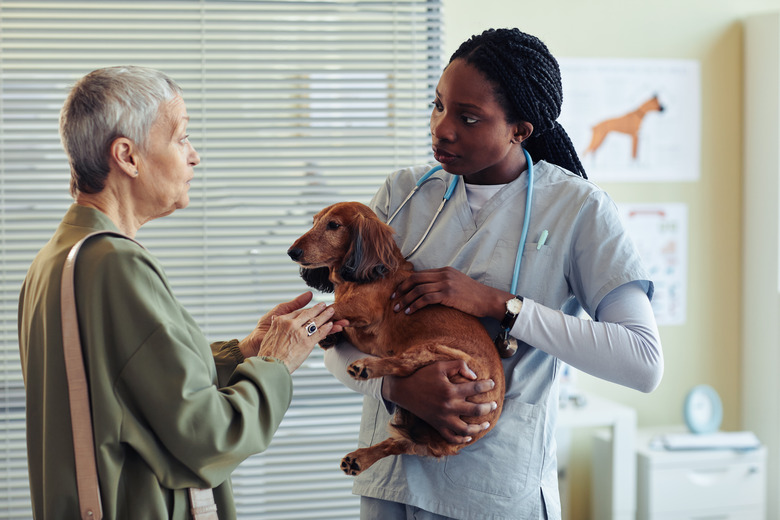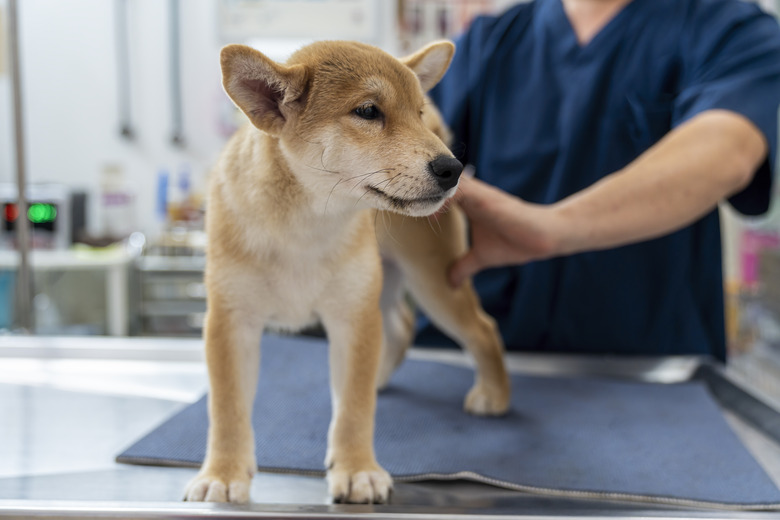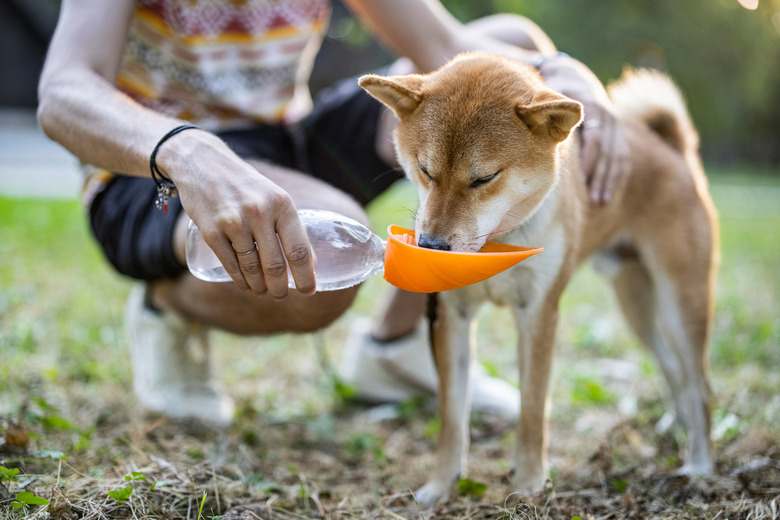Amoxicillin Side Effects In Dogs
Ever curious, your dog scrambles off the beaten path on a walk and cuts their paw on broken glass. Your veterinarian may prescribe the broad-spectrum antibiotic amoxicillin if their paw becomes infected. Similarly, if you notice your dog incessantly scratching to go outside, they may need amoxicillin for a urinary tract infection.
Rashes, skin infections, abscesses, respiratory infections, and gastrointestinal infections are also commonly treated with amoxicillin. Just as humans are prescribed amoxicillin for a variety of ills, your dog may be as well.
Common antibiotics for dogs
Common antibiotics for dogs
Amoxicillin is just one of many antibiotics veterinarians prescribe for pets. Enrofloxacin (brand name Baytril) and metronidazole (Flagyl) are also commonly used for infections.
Amoxicillin, often combined with clavulanic acid to improve effectiveness and sold by the brand name Clavamox, is used to treat respiratory, ear, skin, urinary tract, and gastrointestinal bacterial infections as well as Lyme disease in dogs. It works by preventing the bacterial cell walls from forming.
Amoxicillin is a newer version of penicillin. It stays in the body longer, better resists the effects of stomach acid, and kills more kinds of bacteria. It is better absorbed than the older antibiotic ampicillin.
Amoxicillin dosage for dogs
Amoxicillin dosage for dogs
Amoxicillin is available in both tablet and oral suspension form. Dogs are prescribed 11 to 20 milligrams per kilogram of weight, administered two to three times a day. For example, a typical Labrador retriever who weighs 60 pounds would take 300 to 500 milligrams at a time.
Amoxicillin tablets are available in 50, 100, 125, 150, 200, 250, 400, 500, and 875 milligram sizes. Liquid amoxicillin should be refrigerated and discarded after 14 days. If a dose is missed, give a dose to your dog as soon as you can but not if it is almost time for the next dose.
Dog amoxicillin vs. human amoxicillin
Dog amoxicillin vs. human amoxicillin
While the active ingredient in the drug is the same for both canines and humans, some of the additional ingredients in human amoxicillin, like flavoring, artificial coloring, and preservatives, can be dangerous for your pet's health. For example, the sugar substitute xylitol can be toxic to dogs.
Potential side effects of amoxicillin in dogs
Potential side effects of amoxicillin in dogs
As with any antibiotic for dogs, your pet may experience side effects ranging from mild to life-threatening. The most common side effect in dogs is digestive tract upset, including vomiting, diarrhea, and loss of appetite.
A dog allergic reaction to amoxicillin can include digestive upset as well as hives, redness, facial swelling, and other skin reactions. In rare cases, a dog may experience anaphylaxis, a life-threatening condition in which they may have difficulty breathing and may experience low blood pressure and seizures and can slip into a coma. Also, some drugs may interact dangerously with amoxicillin. These include tetracycline, erythromycin chloramphenicol, and probenecid as well as cephalosporins and aminoglycosides.
If your dog experiences side effects from amoxicillin, contact your veterinarian promptly. They may adjust the dosage or prescribe a different antibiotic. If your dog is having trouble breathing or having seizures, take them to an emergency veterinarian immediately. You should not stop or start giving your dog amoxicillin without consulting your veterinarian first.
Amoxicillin overuse and antibiotic resistance
Amoxicillin overuse and antibiotic resistance
While amoxicillin can be an important treatment to rid your dog of infection, as with many common antibiotics, it is overprescribed. Sometimes, a bacterial infection is confirmed, but often, it is only suspected. The overuse of antibiotics can lead to antibiotic resistance, making it hard to find a drug that can effectively treat an infection.
Because of this, veterinarians will often suggest doing a bacterial culture. This process involves growing the bacteria in a laboratory setting. Not only does this help to identify the offending microorganism but it also allows them to test multiple antibiotics to find the most effective.
If your dog's infection is not improving while taking amoxicillin, inform your veterinarian. The infection may not be bacterial or may be resistant to amoxicillin. Either way, it is important to stop giving it to your dog rather than upping the dose.


